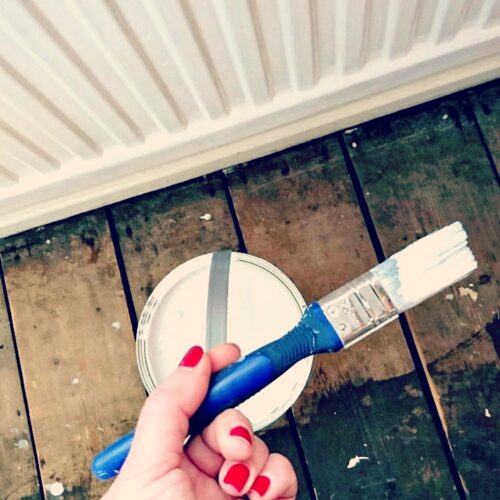There is no telling when the rain will ease up this year, but it’s most certainly going to get a lot colder in the coming months. To make sure that your home stays well lit and warm during the festive season, checking for potential electrical hazards ahead of time is essential. Just go through the following points to know how you should go about it.

Get an EICR
An Electrical Installation Condition Report (EICR) is a document that lists everything a certified electrician finds during a routine inspection of the property’s electrics. If it has been a while since you last had your home electrics checked professionally, now is the ideal time to do so. Visit MyBuilder, click on Electricians Near Me, choose your location, specify the electrical service(s) you need, and then post it to get quotes from verified electricians closest to your location.
Check the RCD
You should be able to find a Test/T input on your residual current device (RCD). Inform everyone at home first and then press the Test/T button to see what happens. If your entire home loses power immediately after, that’s a good sign. It indicates that the RCD is working in the way that it’s supposed to. In case nothing happens, that means your RCD is not working.
The residual current device is what keeps your home safe from electrical faults since it disconnects the electrical line immediately upon detecting dangerous imbalances in the current flow. If your RCD is not working properly, this must be addressed immediately.
Check to Ensure It’s the Right Electric Outlet for the Job
Even the most energy-efficient heating systems and power tools consume more electrical energy than almost any other electronic appliance or device in a regular home. Next in line are hair dryers, microwave ovens, and electric ovens. As we head deeper into the winter months, the indoor heat will be cranked up, the need for hot/lukewarm water will be constant, and ovens will see more use than ever throughout the Christmas period. Therefore, it is imperative to check that the following two following requirements are always met before turning on or plugging anything in.
- The electrical line or circuit connected to an outlet must have a higher amperage than the wall outlet it is powering.
- The marked ampere count (A) on any device must never exceed the wall outlet’s maximum electrical output capacity (25A – 50A outlets are recommended).
Make sure that everyone at home knows not to plug in a heavy-duty electronic appliance into an underpowered wall outlet. If they do, it will overload and the appliance will likely be damaged, signaling your RCD to trigger the circuit breakers. If the RCD is faulty or late to respond, an overload like that can also lead to electrical fires and explosions in worst case scenarios.
If any of your home appliances have short-circuited before, despite not having been plugged into a low power outlet, call an electrician to check the connected electric line for damage or low amperage. Also, avoid using extension cords if you can, especially the long ones.
© Copyright 2022 Antonia, All rights Reserved. Written For: Tidylife


Leave a Reply